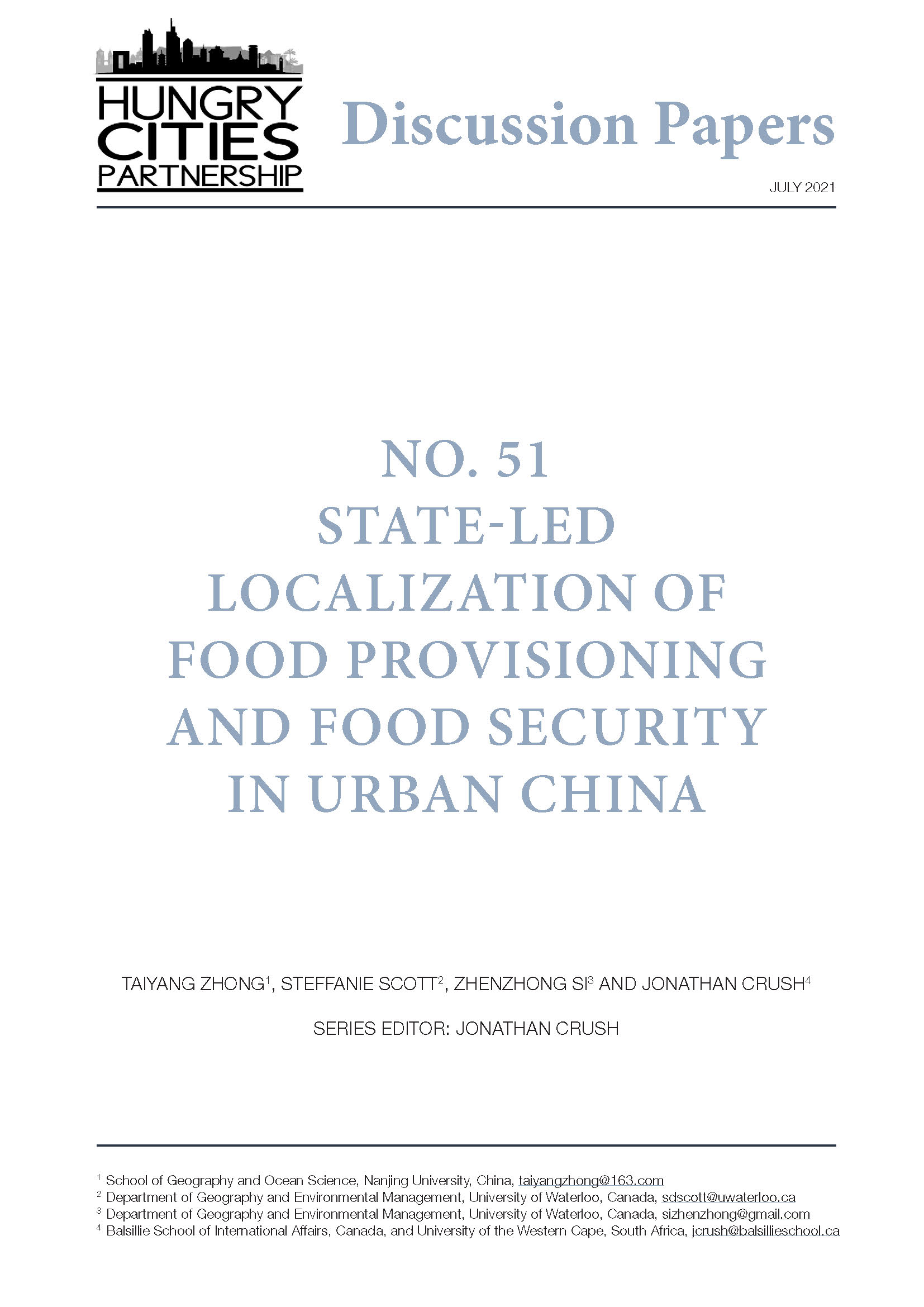Food localization has been extensively studied and advocated in Western countries, focusing on its oppositional stance to food system globalization, long food supply chains and agribusiness, the disconnect between producers and consumers, and a desire to reconnect urban consumers with small farmers in the hinterland of cities. More recently, these localization models have been taken up by international agencies and others and “exported” to the Global South. Rapid urbanization in the Global South has led to a major and growing crisis of food insecurity, which these models and approaches are ill-equipped to address. Hence, it is important to examine other potential models of localization that have achieved success in improving food security and which were developed under similar conditions of rapid urbanization. As a contribution to this re-examination, this paper focuses on state-led efforts of food provisioning localization across mainland China that have been underway since the late 1980s. Little scholarly attention has been paid to this state-led food provisioning localization effort and how it achieves and reinforces urban food security. State-led food provisioning localization has contributed to a high level of food availability, food affordability and physical access to food, as the case study of Nanjing clearly shows. This study shows that localization in China involves the whole food supply chain and establishing territorialized responsibilities for food security. The main function of such food provisioning localization is to be inclusive of and balance decision-making powers linked to food supply between local and non-local as well as public and private sector actors. This case offers important lessons for other countries undergoing rapid urbanization and dealing with growing urban food insecurity

